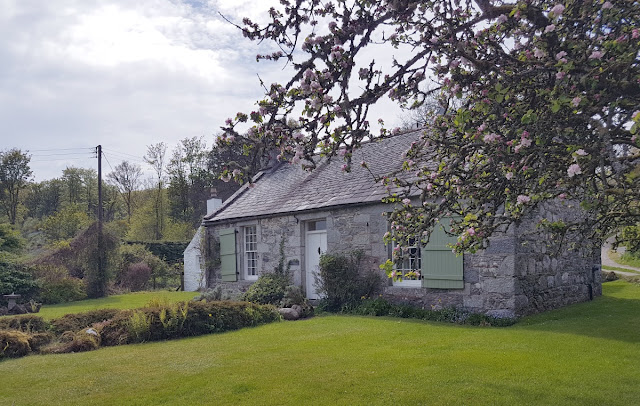Whithorn Priory and The Pend
Above Whithorn Priory
Whithorn is referred to as the 'Cradle of Christianity' as St Ninnian brought Christianity to Scotland here, he was the first apostle to the Pictish people founding a Candida Casa or White House at Whithorn around 397 AD he was interred at Whithorn in the 5th century and even then Whithorn was seen as an important place, archaeological finds of glass and pottery from Gaul are documented, suggesting trade and an exchange of ideas from an early time, towards the Medieval ages Whithorn became a significant place of pilgrimage. Whithorn became a Royal Burgh 1511 AD.
Whithorn Trust Visitor Centre website The Whithorn Trust
The Whithorn Trust Visitor Centre and cafe is the starting point for the visitor who wishes to learn about the oldest church in Scotland, and the community which grew up around it. Whithorn has an internationally important collection of Christian stones, reflecting the early period at which Ninian founded his church.
Pick up a leaflet and follow Whithorn's history trail as it takes you around the village, around the Priory and interesting buildings, the large village is laid out in a medieval pattern, visit the museum, the Iron Age round house; a replica of another found locally at the Black Loch of Myrton. And enjoy a coffee at one of the cafes.
Pic Below The Pend
The Pend is the gatehouse to the priory. The coat of arms on the Pend House symbolises both the monastery's wealth and its connections - it is the Royal Arms of the Stuart kings of Scotland, and demonstrated to those coming on pilgrimage that the Prior was under powerful patronage and that they were entering his domain. In fact, James IV was one Royal pilgrim who came on pilgrimage each year, probably in penance for his role in his father's death, and the late medieval sculpture at the Pend belongs to his reign.




Comments
Post a Comment